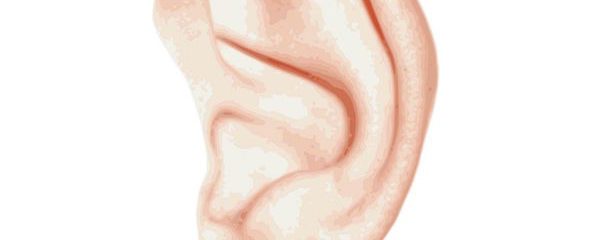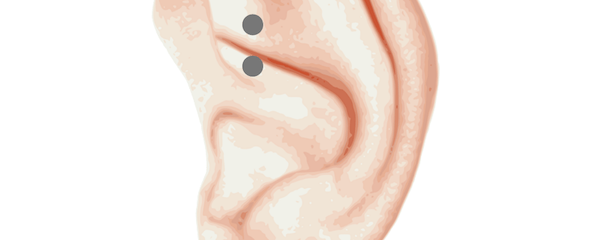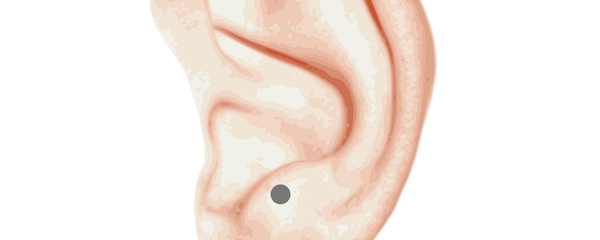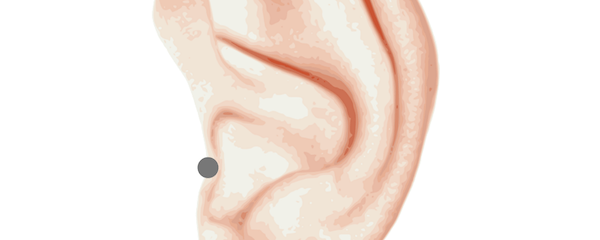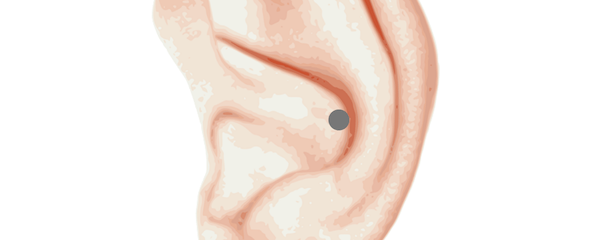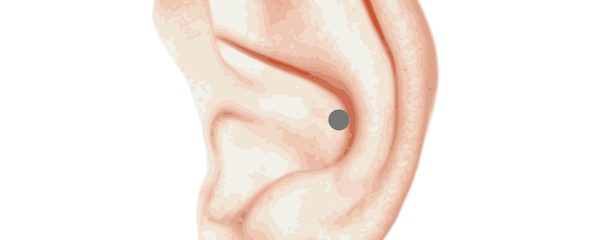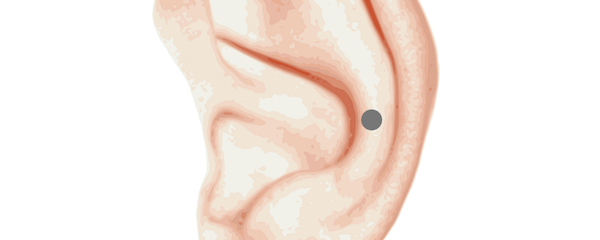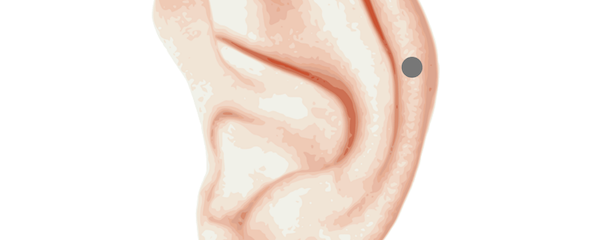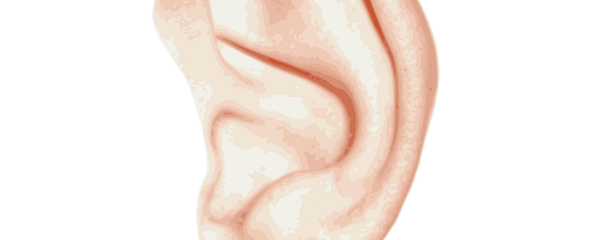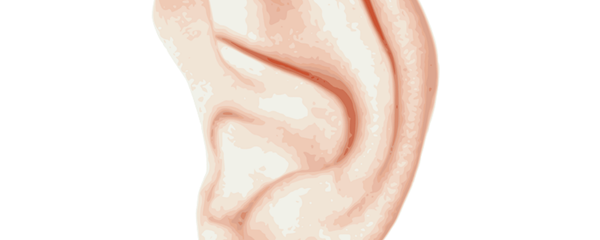What Are the Different Types of Ear Piercings? May 20, 2020 – Posted in: Informative, Piercing Advice – Tags: cartilage piercing healing, cartilage piercings, ear piercing healing, ear piercing healing times, ear piercings
Ear piercing types highlights:
- There are loads of ear piercings to choose from.
- Most ear piercings are located in the cartilage and take at least half a year to heal.
- If you don’t want to spend too much time on healing, opt for multiple lobe piercings instead.
The ear offers a gorgeous canvas for piercings. The curves of the cartilage, as well as the versatile lobe, allow for a plethora of piercing choices.
With so many options, it can be difficult to decide on the right piercing for you. Besides your own personal style, you need to consider healing times, whether your anatomy will allow for a certain piercing, and what the piercing will look like with other piercings that you already have.
To help you decide which ear piercing you want to get next, we’ve put together a brief guide on the different ear piercings. Here’s what you need to know.
Ear piercing fast facts
- Healing time: 6 – 8 weeks (lobe piercing), 6 – 9 months (cartilage piercings)
- Pain level: Low (lobe piercing), Mid-high (cartilage piercings)
- Jewelry: depends on the piercing
The lobe piercing
Certainly the most popular piercing on this list, the lobe piercing has been common for centuries. As the name implies, it’s placed on the lobe of the ear. While many people choose to have their lobe pierced in the center or close to the center, you can get your lobe pierced pretty much anywhere.
Because the lobe is such a versatile piercing, many opt to get their lobe pierced multiple times. There’s almost no limit to the number of lobe piercings that you can get (as long as there’s enough room), so it’s truly up to your personal preference.
Once it’s fully healed, you can stretch your earlobes to fit larger gauge jewelry. Some people choose to stretch their lobes substantially and fill the stretched holes with plugs, which offer a bolder look.
The helix piercing
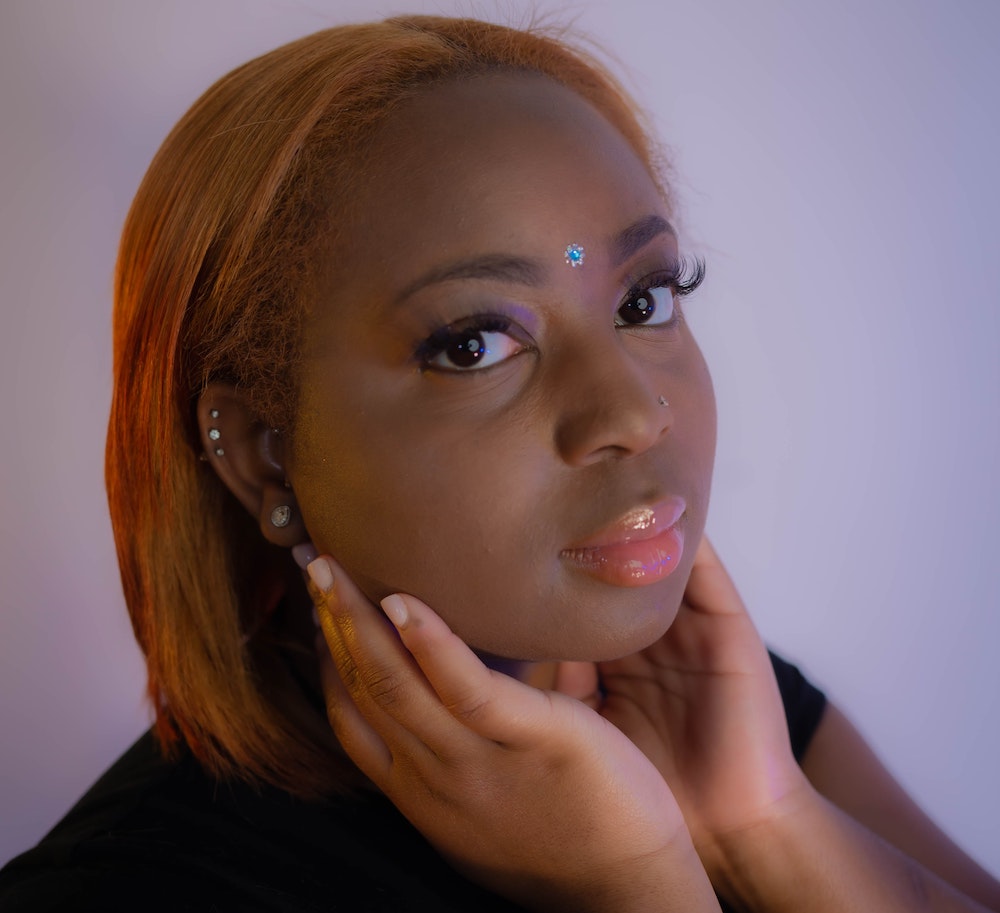
Photo by Adeemproduction
The helix piercing is probably the second most popular ear piercing. It takes place in the cartilage at the outer rim of the ear right below the apex. Like the lobe piercing, the helix piercing offers plenty of space to pierce, so it’s not uncommon to see multiple helix piercings.
Many people choose to wear hoops or circular barbells in their helix piercings, but your piercer will likely recommend you start with straight “stud” style jewelry, like a barbell or a flatback. This is because a straight channel is easier to heal with straight jewelry. Once healed, the piercing can be switched to a ring.
The forward helix piercing
Based on the name, you can probably guess where this piercing takes place: on the inner rim of the ear below the apex in front of where the helix piercing takes place. It can also be pierced multiple times, depending on how much space is available.
Daintier jewelry styles are more common with this type of piercing, such as cartilage studs with small gemstones, but you can also wear small hoops and circular barbells once you’ve healed.
The mid-helix piercing
This piercing is placed in the rim cartilage between where the helix and lobe piercings take place. Similar to the helix and forward helix piercings, it can be adorned with a variety of jewelry choices. You can also choose cartilage cuffs or shields for a more elaborate look. It is important to note that not everyone has the appropriate tissue in which to place this piercing, so discuss with your piercer if this is right for you.
The snug piercing
If you pinch the rim of your ear near where the mid-helix piercing takes place, you should feel a ridge of cartilage running alongside it, otherwise known as the anti-helix. This is where the snug piercing takes place.
Unlike other ear piercings, both the entry and exit points appear in the front of the ear, creating a unique aesthetic. Curved barbells are the popular jewelry choice, but you can also wear hoops or circular barbells once healed.
Despite the tight location of the snug piercing, it can be placed at any point along the anti-helix of the ear, as your anatomy allows; you have a lot of choices when it comes to the look of your snug piercing. Most people do not have the appropriate anatomy to receive a snug piercing, so the discussion with your piercer may lead you in the direction of a “faux snug” piercing.
The faux snug is actually two piercings, one in the conch, and one in the mid-helix. These are angled to give the look of a snug piercing when the anatomy isn’t appropriate for a genuine snug.
The conch piercing
The conch piercing appears in the inner cartilage, so named because the cartilage in the middle part of the ear tends to look like a conch shell. There are two types of conch piercings: the inner conch piercing and the outer conch piercing.
The inner conch piercing is the more popular of the two, and it takes place in the cartilage at the center of the ear. It’s often decorated with a cartilage stud or a large hoop that goes around the rim of the ear.
The outer conch piercing pierces the cartilage above the inner conch. This is often called a “flat” piercing. While you have a choice of where this piercing is placed, jewelry styles are limited.
The daith piercing

Photo by Joshua Rondeau on Unsplash
Stick your finger in your ear canal. You’ll feel a flap of cartilage directly above. If you pinch it, you’ll find where the daith piercing takes place. The pronunciation of the piercing is a bit odd. Rather than “dayth” the way it looks, it is actually pronounced “doth”.
One thing about the daith piercing: this piercing has risen in popularity partially due to the belief that it can relieve chronic migraine pain through the permanent activation of an acupuncture point. However, there is absolutely no scientific evidence to back this up, and scientists largely agree that any migraine relief is the result of a placebo effect and nothing more.
The daith piercing can be filled with large hoops or circular barbells, opening up a lot of creativity when it comes to your cartilage look.
The tragus piercing
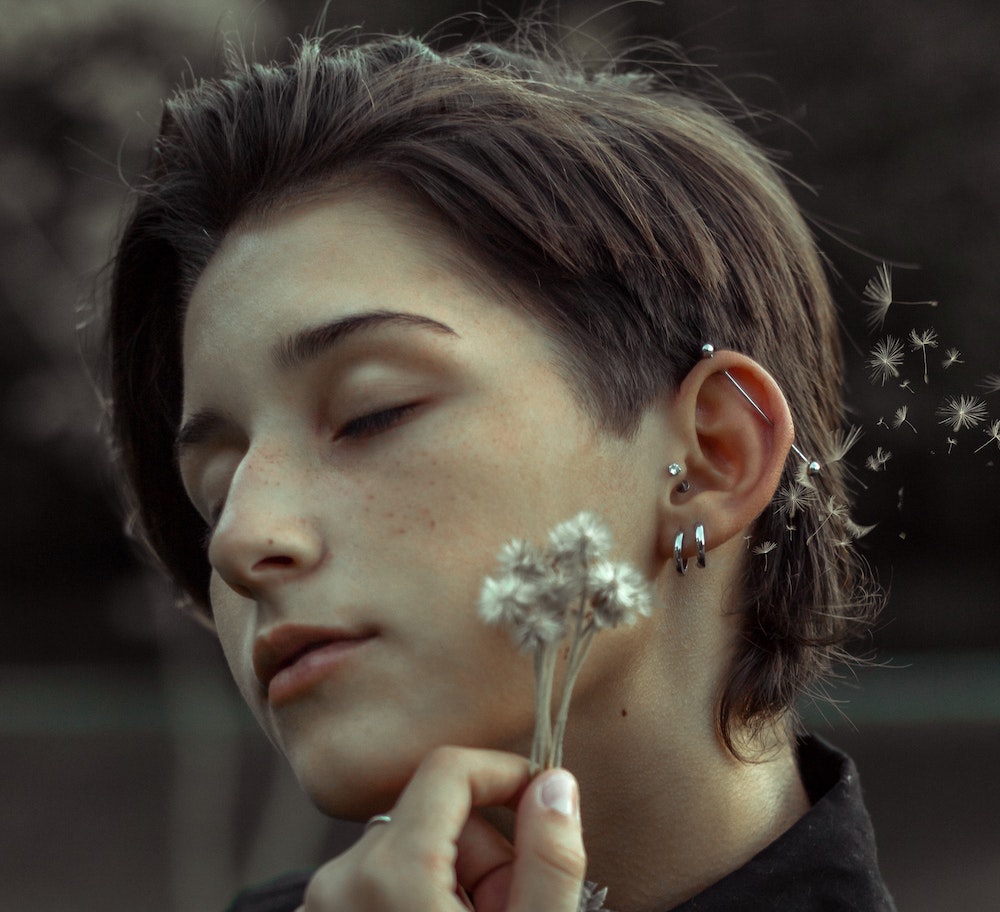
Photo by Vitória Santos
When you plug your ears against loud noises, you might press a triangular flap of cartilage against your ear canals. These tiny flaps located right next to your head is where the tragus piercing is placed.
The tragus piercing is great for those looking for unique and daintier styles. You’ll usually see a small cartilage stud with a flat back decorating this piercing, but you can also choose a small hoop or circular barbell when you’ve healed.
Ear piercing care
To care for your ear piercing, simply spray a cotton swab with piercing aftercare saline solution, and gently wash the front and back of the piercing. That’s it! Do this 2 – 3 times daily, and it will keep your piercing clean and safe from infection. Besides keeping it clean, you should also do your best to avoid snags, friction, and dampness throughout the entire healing period. Do not stop aftercare practices until a piercer has taken a look and confirmed that you are fully healed.
The anti-tragus piercing
When you pinch your lobe, you might notice that there’s a little piece of cartilage at the top of it. That’s the anti-tragus. While the anti-tragus piercing isn’t incredibly popular, it looks fantastic among a group of lobe piercings. If this area of your ear is more pronounced, it might be the perfect piercing for you.
Anti-tragus piercings look fantastic with cartilage studs, curved barbells, hoops, and circular barbells, making them more versatile than you might have thought.
The rook piercing
Like the snug piercing, the entry and exit holes for the rook piercing appear at the front of the ear. The rook piercing takes place in the fold of cartilage (called the triangular fossa) above the daith. Whether or not you can get your rook piercing will depend upon how big this fold is; some ears can’t accommodate the rook piercing.
Curved barbells seem to be a popular choice in this piercing, but you can also get hoops and circular barbells as well. It’s a fantastic option if you wanted to get a snug piercing but your ear anatomy didn’t allow for it.
We love ear and cartilage piercings because you can do so much with them. Whether you want one gorgeous ear piercing or create a cultivated cartilage look, there are nearly endless opportunities.







